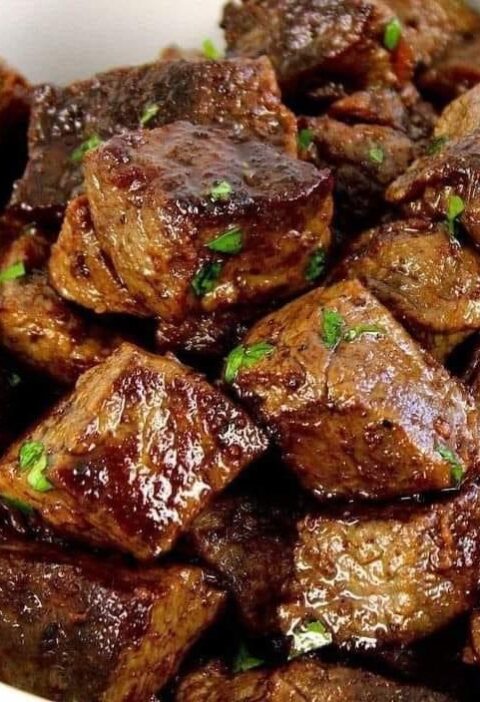Thank you for reading this post, don't forget to subscribe!
Introduction
German bread is renowned worldwide for its hearty texture, rich flavor, and centuries-old tradition. From dense rye loaves to crusty wheat varieties, German breads encompass a diverse range of styles, each reflecting the country’s culinary heritage. In this blog post, we’ll delve into the art of baking authentic German bread and share a cherished recipe that captures the essence of this beloved staple.
Exploring German Bread Culture
Before we dive into the recipe, let’s take a moment to appreciate the rich cultural significance of German bread. In Germany, bread is not merely a food—it’s a symbol of tradition, craftsmanship, and community. With over 3,000 different types of bread, Germany boasts one of the most diverse bread cultures in the world. From the iconic pretzel to the rustic Vollkornbrot (whole grain bread), each variety tells a story of regional pride and culinary innovation.
Key Ingredients and Techniques:
To create a truly authentic German bread, it’s essential to use high-quality ingredients and time-honored techniques. While the exact ingredients and proportions may vary depending on the recipe, there are a few key elements that remain consistent:
1. Flour: German bread often combines different types of flour, such as rye, wheat, and spelt, to achieve the desired texture and flavor profile. Rye flour, in particular, is a staple in many traditional German bread recipes, lending a distinctive nuttiness and chewiness to the loaf.
2. Sourdough Starter: Many German breads rely on natural fermentation to develop flavor and texture. Sourdough starter, made from a mixture of flour and water that has been allowed to ferment, adds depth and complexity to the bread’s taste. It also contributes to a chewy crumb and crisp crust—a hallmark of authentic German bread.
3. Seeds and Grains: From sunflower seeds to pumpkin seeds, German breads often incorporate an array of seeds and grains for added texture and nutrition. These ingredients not only enhance the visual appeal of the loaf but also provide a satisfying crunch and earthy flavor.
4. Baking Techniques: German breads are typically baked at higher temperatures for longer periods, resulting in a thick, crusty exterior and a moist, tender interior. Steam is often used during the baking process to create a glossy crust and improve oven spring—the final rise of the bread in the oven.
Authentic German Bread Recipe:
Now that we’ve explored the essence of German bread culture, let’s roll up our sleeves and get baking! Below is a classic recipe for Vollkornbrot, a hearty whole grain bread that epitomizes the rustic charm of German baking:
Ingredients
– 500g whole grain rye flour
– 300g whole grain wheat flour
– 200g rye sourdough starter (100% hydration)
– 400ml water
– 10g salt
– 50g mixed seeds (sunflower, pumpkin, sesame, etc.)
Instructions
1. In a large mixing bowl, combine the rye flour, wheat flour, salt, and mixed seeds. Mix well to evenly distribute the ingredients.
2. In a separate bowl, dissolve the rye sourdough starter in water, stirring until smooth. Gradually add the sourdough mixture to the dry ingredients, mixing until a shaggy dough forms.
3. Turn the dough out onto a lightly floured surface and knead for 10-15 minutes, or until smooth and elastic. If the dough feels too sticky, you can add a little more flour as needed.
4. Shape the dough into a round loaf and place it on a parchment-lined baking sheet. Cover loosely with plastic wrap or a clean kitchen towel and let it rise at room temperature for 8-12 hours, or until doubled in size.
5. Preheat your oven to 450°F (230°C). Just before baking, slash the top of the loaf with a sharp knife to allow for expansion during baking.
6. Place the bread in the preheated oven and immediately reduce the temperature to 400°F (200°C). Bake for 45-50 minutes, or until the bread is deep golden brown and sounds hollow when tapped on the bottom.
7. Transfer the bread to a wire rack to cool completely before slicing. Enjoy slices of this hearty Vollkornbrot with butter, cheese, or your favorite toppings.
Conclusion
Baking authentic German bread is more than just a culinary endeavor—it’s a celebration of tradition, craftsmanship, and the art of slow fermentation. With this recipe, you can embark on a delicious journey through Germany’s rich bread culture, savoring each bite of crusty goodness and wholesome flavor. Whether enjoyed fresh out of the oven or toasted to perfection, homemade German bread is sure to delight your taste buds and warm your soul. So gather your ingredients, fire up your oven, and prepare to experience the magic of German baking in your own kitchen. Guten Appetit!







